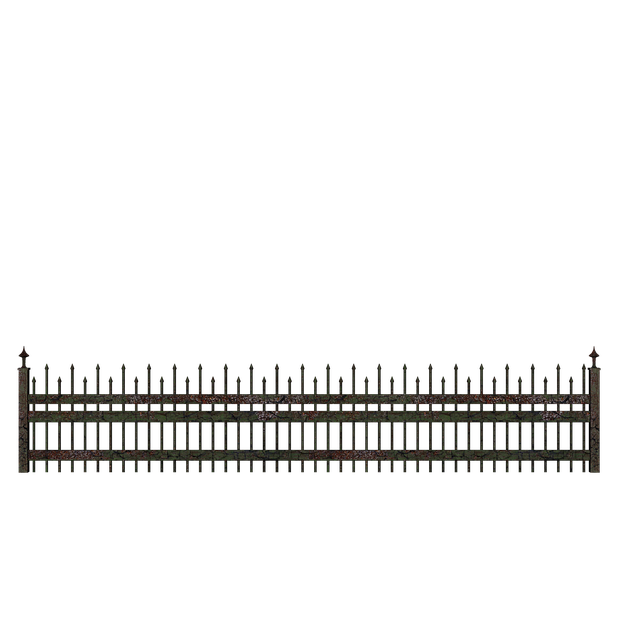In coastal regions, where harsh weather conditions and salty air pose unique challenges, durable wooden fencing is an attractive and sustainable solution. This article explores the art of safeguarding properties along the shore with robust wood fences. We delve into the specific hurdles of coastal fencing, highlighting the benefits of using long-lasting wood species. Additionally, practical tips on selection and maintenance ensure these fences stand strong against the elements for years to come, offering both functionality and aesthetic appeal.
- Understanding Coastal Fencing Challenges
- Advantages of Durable Wooden Fencing
- Choosing the Right Wood Species for Coastlines
- Maintenance and Longevity Tips for Coastal Fences
Understanding Coastal Fencing Challenges
Coastal areas present unique challenges for fencing due to harsh weather conditions, including high winds, salt mist, and frequent storms. Traditional materials often struggle to withstand these elements, leading to frequent replacements and maintenance costs. Additionally, aesthetics play a significant role in coastal regions, where homes and landscapes boast diverse architectural styles and natural environments. Therefore, any fencing solution must blend seamlessly with the surroundings while offering durability and low upkeep.
Durable wooden fencing tailored for coastal areas needs to be crafted from rot-resistant species like cedar or redwood, which naturally repel moisture and insects. The design should incorporate robust construction techniques, such as tight knots, high-quality fasteners, and water-repellent finishes, to enhance its resilience against corrosive elements. Furthermore, a well-designed fence should consider the local climate and topography, ensuring it can withstand strong winds without leaning or breaking.
Advantages of Durable Wooden Fencing
Durable wooden fencing offers an array of advantages for coastal areas, where traditional materials might struggle to withstand harsh weather conditions. Firstly, wood is a natural and aesthetically pleasing option that can beautifully complement any landscape. It provides a warm and welcoming ambiance, enhancing the overall curb appeal of coastal properties.
Moreover, durable varieties of wood are highly resistant to rot, decay, and insect infestation, common challenges faced in humid coastal environments. These fences require minimal maintenance, making them an economical choice in the long run. Their strength and flexibility allow them to withstand strong winds and storms, providing reliable protection for homes and properties.
Choosing the Right Wood Species for Coastlines
When selecting wood for coastal fencing, understanding the unique challenges presented by the environment is key. Salty air, frequent moisture, and potential exposure to harsh weather conditions require a durable wood species that can withstand these elements. Certain woods are naturally resistant to rot, decay, and insect infestations, making them ideal choices for coastal areas.
Hardwoods like cedar, redwood, and tea tree (or eucalyptus) are renowned for their longevity in exterior applications. These species have natural oils that repel water and inhibit fungal growth, ensuring the fence remains robust against the corrosive effects of salt water. Additionally, they offer excellent aesthetic appeal with their attractive grain patterns and colors, enhancing the overall curb appeal of coastal properties.
Maintenance and Longevity Tips for Coastal Fences
To ensure your durable wooden fence stands the test of time in a coastal environment, regular maintenance is key. Saltwater and moisture can be relentless enemies to wood, causing it to rot, crack, or become brittle over time. A good rule of thumb is to clean the fence at least twice a year with a mild detergent and soft brush to remove any salt residue or organic matter buildup. After cleaning, apply a fresh coat of high-quality waterproof sealant or preservative designed for outdoor use. This protective layer will shield the wood from moisture intrusion and UV rays.
Additionally, regular inspection is vital. Keep an eye out for any signs of damage, such as loose boards, rotten sections, or warped pickets. Promptly repairing these issues can prevent further deterioration. In particularly harsh coastal conditions, consider reinforcing your fence with additional brackets or anchors to increase its structural integrity. With proper care and attention, a well-maintained wooden fence can endure for decades, providing both privacy and aesthetic appeal along your coastline.
